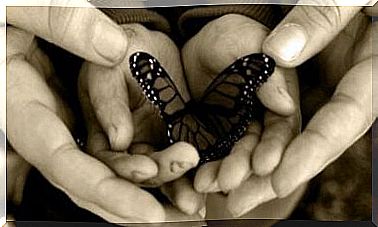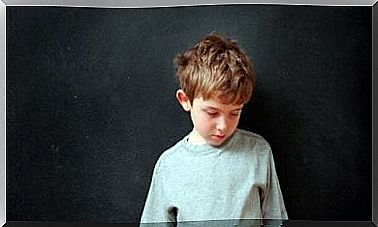Moral Development – Kohlberg’s Theory
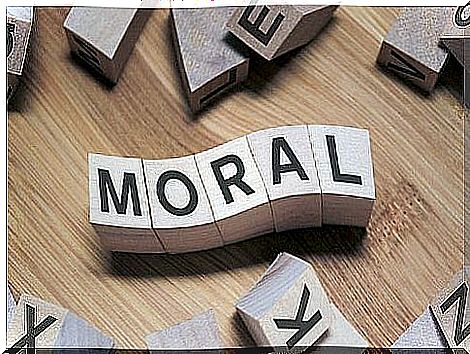
We have all developed our own, non-transferable, moral sense. We have values that not only distinguish “good” from “evil” in the abstract world, but also affect our behavior, our perceptions and our thoughts. You could even say that it is so internalized that they can affect our emotions. One of the most important and influential models that seeks to explain the development of our morality is Kohlberg’s theory of moral development.
As mentioned, we all develop our own moral compasses. Therefore, it has always been difficult to establish a universal concept of morality that can be applied to all of humanity. They are many philosophers and great thinkers who are concerned with this question. And there are as many perspectives as there are philosophers. The Kantian perspective of morality is based on benefits for the whole group. And in the same way, the utilitarian perspective is inspired by individual well-being.
The psychologist Lawrence Kohlberg wanted to take a step away from the very content of morality, and rather study its development. He did not care what was right or wrong. Lawrence was only interested in how people came up with the idea of right and wrong. Through a series of interviews and studies, he observed that children build up their morale as they get older. Just as it is with other skills, such as language or logic.
In Kohlberg’s theory , moral development goes through three levels: pre-conventional morality, conventional morality, and post-conventional morality. Each of these levels is divided into two stages. It is important to understand that not all of us go through all the stages. Nor are all of us reaching the last level of development. Below we will explain each of the stages in detail.
Kohlberg’s theory of moral development
Focus on punishment and obedience
This stage of Kohlberg’s theory of moral development is part of the preconventional level. Here we find that the person delegates all moral responsibility to an authority. The reward or punishment given by the authoritarian figure indicates the criteria for what is right and wrong. For example, a child may think that not doing his homework is wrong because his parents will punish him if he does not do it.
This way of thinking hinders the ability to accept the existence of moral dilemmas. Dilemmas are statements that do not have a morally clear answer. This is because the authoritarian point of view formulates everything and the person legitimizes it. This is the simplest stage of moral development. This stage does not consider differences in interests or intentions for behavior. The only relevant factors at this stage are the consequences: reward or punishment.
Focus on individualism or hedonism
A new idea emerges in this second stage of Kohlberg’s theory. The idea is that interests vary from one individual to another. Although the criteria for determining whether something is right or wrong still depend on the consequences of the actions, they are no longer formulated by others. Now the person will think that everything that is useful to him is right. In the same sense, anything that can lead to loss or discomfort will be wrong.
Despite the selfish perspective implicit in this stage of Kohlberg’s theory of moral development, the individual sometimes thinks that it is okay to satisfy the needs of others. But this only happens when there is a pragmatic reciprocity or guarantee involved. It means thinking that ” if I do something for this person, this person must also do something for me “. This stage is a little more complex than the previous one, because the individual no longer delegates the responsibility of morality to an authority. On the other hand, the reasoning is still simple and selfish.
Focus on mutual relationships
The conventional level of moral development begins at this stage. The individual must abandon the characteristic egoism from the previous stage as he / she begins to form increasingly complex relationships. The most important thing now is to be accepted in a group. In turn, morality will revolve around this aspect.
For the individual at this stage, the right thing to do is dictated by what helps or is useful to others. Herein lies the importance of the good intentions behind the behavior and the extent to which they are approved by others in the group you want to belong to. The definition of morality is based on being a “good person”, which means being loyal, respectful, cooperative and friendly.
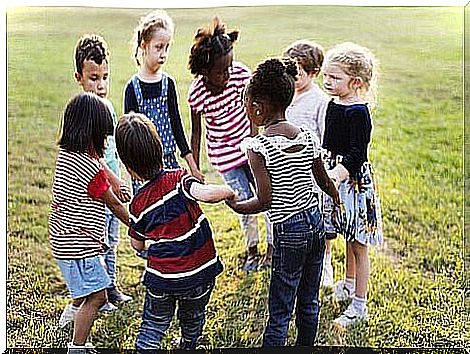
There is a very interesting test to see if children have reached this stage. The test consists of watching two videos:
- The first video shows a child playing a trick on someone (this child commits a minor offense, but with intent).
- In the second video, we see another child causing more damage, but this time without intention (examples may be that he / she breaks a glass or spills on his / her clothes).
Children who already have integrated intention as a modulating variable in their moral judgments, will say that the child who did something wrong is the child who deliberately wanted to cause harm, even if the harm was not great or important. On the other hand, children who are still in the earlier stages of moral development will say that the child who broke the glass was the one who did something wrong. In their eyes, it did the child the most harm, and they do not include intention in their assessment of morality.
Focus on authority and maintaining social order
The individual stops looking at morality as something based on groups. Instead, they begin to look at morality based on society. What is useful to the group or the people around him or her no longer matters. The criteria for what is right and wrong are based on whether the particular behavior contributes to maintaining the social order, or hinders it. What is important at this stage is the stability of society and that there is no chaos within society.
Here we find an individual with the greatest respect for legislation and authorities. They become important since they restrict individual freedom in favor of social order or a common well-being. Morality goes beyond personal ties and is linked to current legislation. They can not violate these laws to maintain social order.
Focus on the social contract
With this stage we enter the third and final level of moral development. A stage that very few individuals reach throughout their lives. Here morality begins to be understood as a flexible and variable matter. Goodness or evil exists for the individual because society has created a contract that establishes the moral criteria.
Individuals at this stage understand the rationale behind laws and, based on that, either defend or criticize these laws. In addition, for these people, these laws are not eternal and can be improved. For individuals and children at this stage, morality involves voluntary participation in an accepted social system. For everyone, it is better to have a social contract.
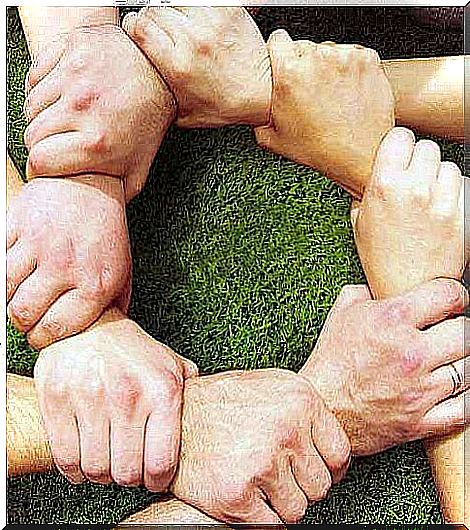
Focus on the universal ethical principle
This last stage of Kohlberg’s theory of moral development is the most complex of the whole development process. Now the individual creates his own ethical principles. These are comprehensive, rational and universally applicable. These principles are abstract moral concepts that are difficult to explain, and they extend beyond existing laws. The individual builds his morals according to how they think society should function, and not what society dictates.
An important aspect of this stage is its universal application. The individual adheres to others according to the same criteria they adhere to. And they treat others the way they want to be treated… or, they at least try to do this. If this did not happen, we would be at a much simpler stage, more like the stage that focuses on individualism.
That said, we now know how morality develops in an individual according to Kohlberg’s theory of moral development. So, now we have the opportunity to do a personal reflection. In which of these stages of moral development are you?

